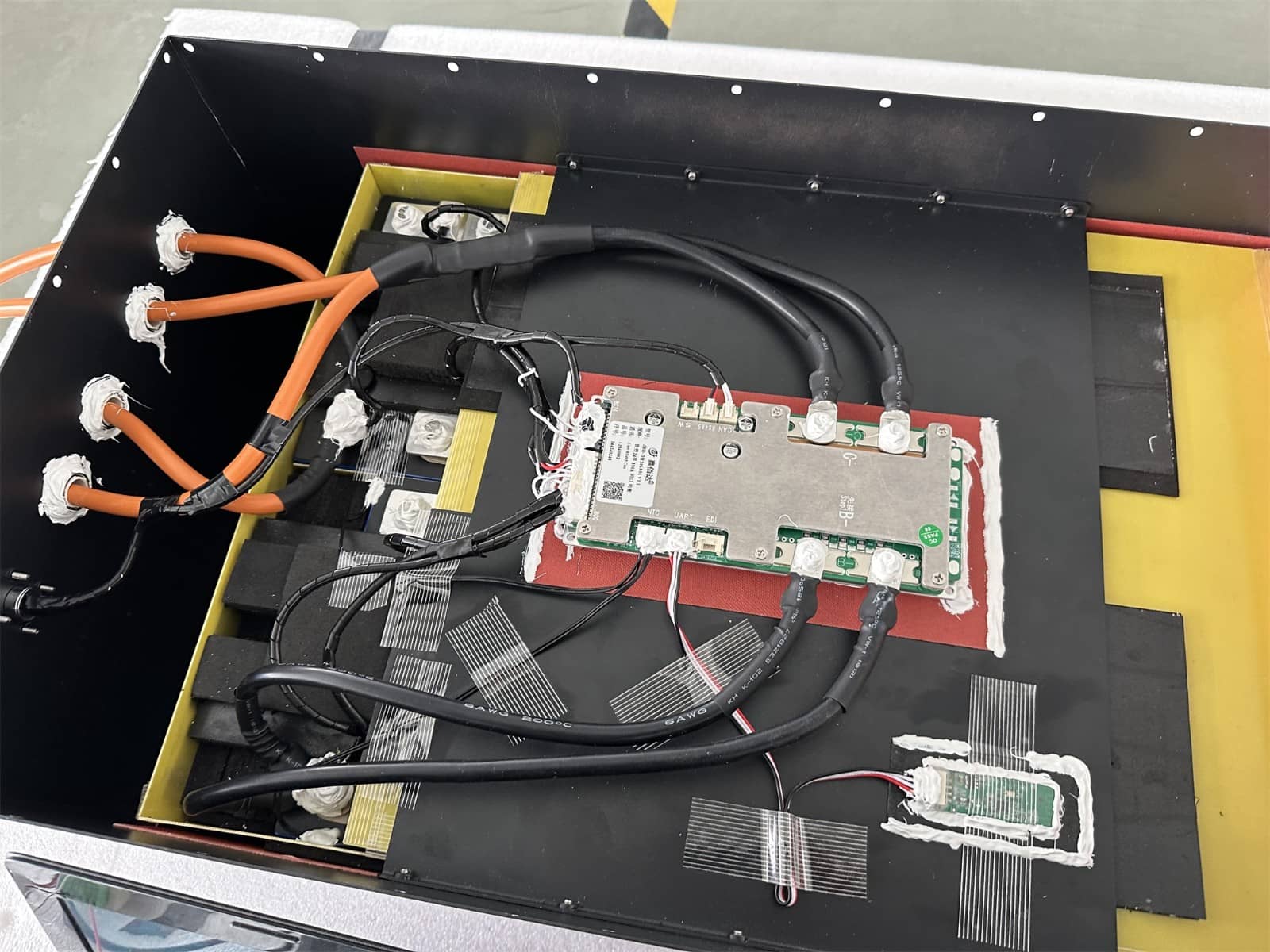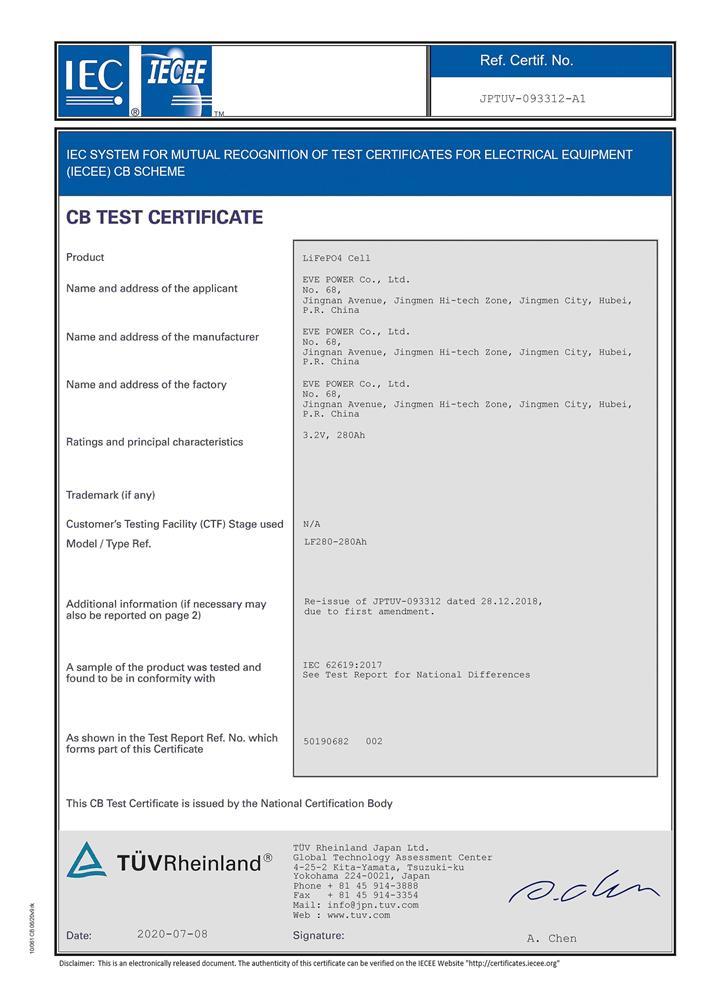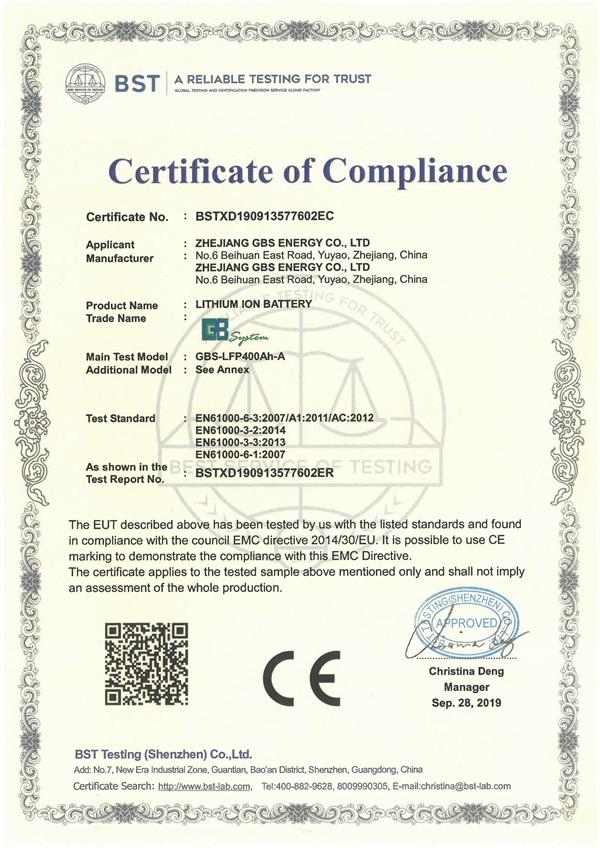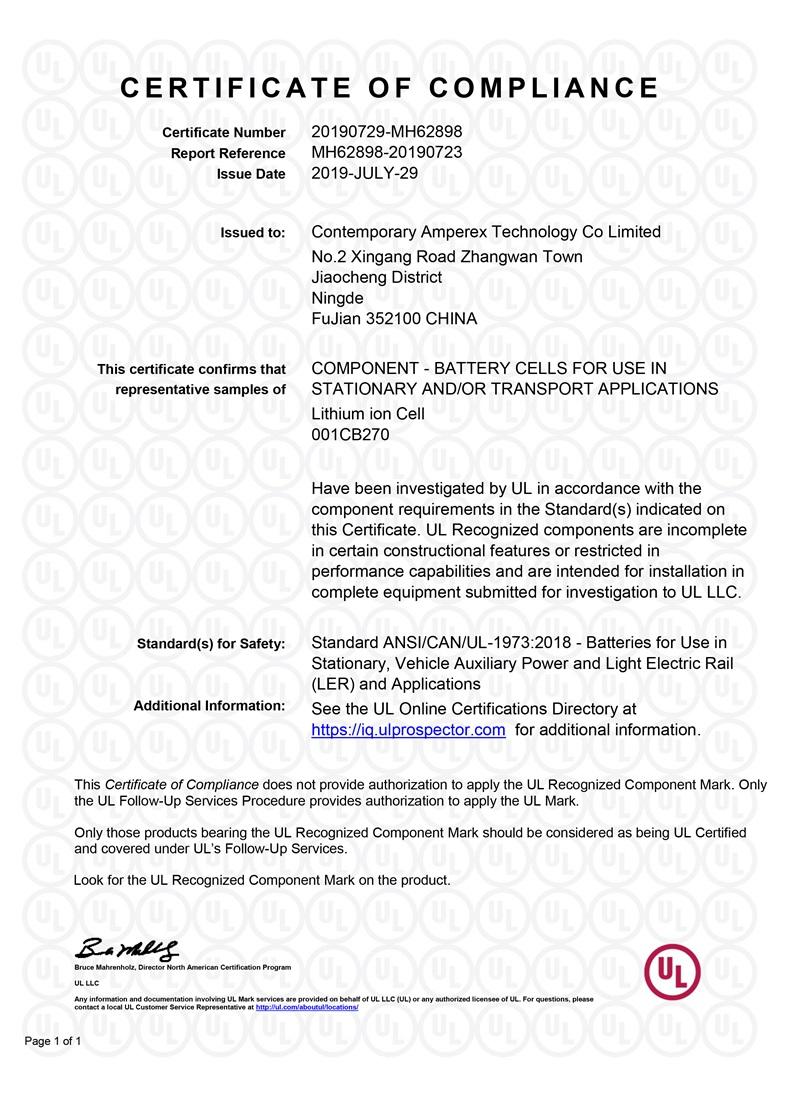Blog
What Is Lithium Battery Protection Mode?
2025-06-24 | Calvin

Lithium batteries are known for their performance and longevity—but that performance doesn't come without safeguards. One key feature that keeps them safe and efficient is Battery Protection Mode. This built-in function, managed by a Battery Management System (BMS), plays a critical role in monitoring and protecting the battery from damage caused by voltage, temperature, current, or internal faults.
Let’s break down what Battery Protection Mode does, how it works, and why it matters.
What Does Battery Protection Mode Do?
Battery Protection Mode is a safety feature that limits charging speed, voltage, current, and temperature to prolong battery life and prevent damage. It’s primarily found in lithium-ion and deep cycle batteries. At the heart of this system is the Battery Management System (BMS), which continuously monitors battery health and activates protection modes whenever necessary.
If the BMS detects abnormalities—like overvoltage, undervoltage, overheating, or short circuits—it immediately steps in to prevent further harm. Here's how each type of protection works:
1. Undervoltage Protection
When the battery voltage drops below a safe level, the BMS activates undervoltage protection. At this point, the battery may refuse to charge or power any connected devices.
What to Do:
- Use a multimeter to measure the voltage:
- Red lead: insert into the terminal marked “V”
- Black lead: insert into “COM”
- Set the device to DC mode
- If voltage is too low, use a charger with an activation function to recharge it until it reaches a normal level (e.g., 12V or 24V).
2. Overvoltage (High Voltage) Protection
If the charging voltage exceeds safe limits, the BMS will cut off the power to prevent overheating, thermal runaway, or even fires.
What to Do:
- Disconnect the charger or power source immediately.
- Allow the battery to stabilize before recharging.
3. High Temperature Protection
Although lithium batteries can handle short-term heat, prolonged high temperatures can degrade them. The BMS triggers this mode to avoid overheating and permanent damage.
What to Do:
- Move the battery to a cool, ventilated area.
- Reduce the load or allow the battery to rest.
- For hot climates, consider high-temperature-rated batteries.
4. Low Temperature Protection
In cold environments, battery performance drops. The BMS may stop charging or discharging to prevent internal crystallization.
What to Do:
- Move the battery to a warmer space.
- Wait for it to reach a normal operating temperature before use.
- If supported, use a mobile app to monitor battery temperature.
5. Overcurrent and Short Circuit Protection
If a battery is overloaded or short-circuited, the current can spike to dangerous levels. The BMS shuts down the system to prevent damage.
What to Do:
- Disconnect the load drawing excessive current.
- Check for wiring issues or short circuits.
- After resolving the issue, the battery should resume normal function.
6. Internal and Wiring Fault Protection
When internal resistance rises or wiring is damaged, the BMS activates fault protection to shut down the battery.
What to Do:
- Inspect the battery for visible damage or aging.
- Check for loose or broken wiring.
- Repair the issue before reusing the battery.
Do All Batteries Have a Protection Mode?
Not all batteries have protection modes. Lithium-ion and deep cycle batteries typically include a BMS, while lead-acid batteries rely on manual maintenance:
- Avoid overcharging or deep discharging
- Check and refill distilled water or electrolyte regularly
- Inspect physically for swelling or leaks
Although lead-acid batteries are cheaper, lithium batteries offer automated safety, smarter protection, and longer life, making them a better investment for modern needs.
Why Battery Protection Mode Matters
Battery Protection Mode isn’t optional—it’s essential. Here’s why:
- Prevents permanent damage to cells and components
- Reduces risk of fire, explosion, or hazardous failures
- Ensures consistent performance over time
- Extends battery lifespan, reducing replacement frequency
- Cuts down on maintenance and downtime
Whether it’s in electric vehicles, solar energy systems, or backup power setups—smart protection pays off.
Conclusion
Battery Protection Mode is your lithium battery’s built-in safety net. With features like voltage, current, temperature, and fault protection, it ensures your battery operates safely and efficiently for as long as possible.
If you're using lithium or deep cycle batteries, make sure they come with a robust BMS. It’s a small investment for long-term reliability, safety, and peace of mind.
- Next:LiFePO4 Battery Depth of Discharge: What You Need to Know
- Previous:Tesla Battery Types: A Simple Guide for Model S, 3, X, and Y
Contact Details
Lithium LiFePO4 Batteries and Lithium LiFePO4 Cells Supplier - LiFePO4 Battery Shop
Contact Person: Miss. Elena Wang
WhatsApp : +8615263269227
Skype : +8615263269227
WeChat :15263269227
Email : info@lifepo4batteryshop.com
All Products
- A123 Battery (5)
- Sinopoly Battery (7)
- GBS Battery (16)
- CALB Battery (22)
- Cylindrical Cell (3)
- Energy Storage System (0)
- Battery Management System (2)
- Sodium ion Battery Cell (3)
- Lithium Titanate Battery (16)
- Ternary Lithium Battery Cell (11)
- REPT Battery (8)
- BYD Battery (2)
- CATL Battery (14)
- Thunder Sky Winston Battery (21)
- EVE Battery (29)
- LiFePO4 Battery Cell (4)
Certification
Customer Reviews
- I have fond memories of our meeting in Shanghai with LiFePO4 Battery Shop Elena. Your company left a strong impression on me with its impressive growth and professionalism. We both value straightforwardness and honesty, which I believe are the most important qualities in any partnership. I am confident that we can build a successful collaboration based on these shared values. —— Robert from USA
- I've been working with LiFePO4 Battery Shop for years, and their reliability is unmatched. While other suppliers frequently change sales teams, LiFePO4 Battery Shop has consistently provided exceptional service with a stable team. Their commitment to quality and customer support truly sets them apart. —— Henry from Australia



